Elizabeth Fitzgerald, a great-granddaughter of Elizabeth Woodville, had been born in Ireland in about 1528 and was the second daughter of Gerald Fitzgerald, 9th Earl of Kildare. Her mother was Lady Elizabeth Grey, daughter of Sir Thomas Grey, Marquess of Dorset and only surviving son of Elizabeth Woodville, Edward IV’s queen, and therefore first cousin to Henry VIII. Elizabeth Fitzgerald was therefore a second cousin to King Edward VI and queens Mary I and Elizabeth I.
A wealthy, cultivated family, her early childhood was spent at the Kildare’s stately home of Maynooth, in Ireland, with her father acting as the king’s Lord Deputy in Ireland. However, in 1533 the earl was summoned to court to answer complaints against him. Claiming illness, he initially sent his wife, in hope that she could appease the king, but his presence was demanded and in 1534, the ailing earl left for England, leaving his son, Lord Offaly, as his deputy in Ireland. The Earl of Kildare was charged with treason and imprisoned in the Tower of London, where he died of illness in August 1534. His son had come out in open rebellion against the king and would himself be executed at Tyburn in 1537.
The rebellion caused the downfall of the House of Kildare; the title forfeit and their estates confiscated. Lady Kildare and her children sought assistance from her brother, Lord Leonard Grey, settling on his estate at Beaumanor in Leicestershire. Her eldest son and the Kildare heir, Gerald Fitzgerald, fled to exile on the continent, protected from Henry VIII by both Francis I of France and Charles V, the Holy Roman Emperor.
Lady Kildare’s family connections to the king meant that young Elizabeth Fitzgerald was able to enter Princess Elizabeth’s household in 1539, possibly as a maid of honour but ostensibly to be raised alongside her cousin. She was only 9 or 10 years old at the time while the princess was about 6-years-old. While in the princess’s household, Elizabeth made an impression, it seems, particularly on Henry Howard, Earl of Surrey, who wrote a sonnet, From Tuscan cam my ladies worthi race in praise of her as his Fair Geraldine;
Bewty of kind, her vertues from above; Happy ys he that may obtaine her love¹.
In 1542 Elizabeth married her first husband, the wealthy courtier Sir Anthony Browne, who was Henry VIII’s Master of the Horse. The marriage meant that Elizabeth now had the means to restore the family fortunes, applying for military command for her brother, Edward. Her older brother, Gerald returned to England in the reign of Edward VI; he was knighted and his lands restored. In 1554, during the reign of Mary I, Gerald married his sister’s stepdaughter, Mabel (Sir Anthony Browne’s daughter by his first wife, Alice Gage).
Elizabeth was widowed in 1548. Her two sons by Sir Anthony, Edward and Thomas, had both died in infancy.
In 1552 Elizabeth married again, this time to Edward Fiennes de Clinton, ninth Baron Clinton and Saye; the same Baron Clinton who had married Elizabeth (Bessie) Blount in 1535. Clinton had remarried in 1541, after Bessie’s death, to Ursula, daughter of William, seventh Baron Stourton; Ursula was a niece of John Dudley, Duke of Northumberland in the reign of Edward VI. She died in 1551 and Edward married Elizabeth the following year.
Sir Edward Fiennes de Clinton had led a very successful military career and in May 1550 he had been appointed a privy councillor and lord high admiral of England. He was made a knight of the garter in April 1551 and, later in the same year, was given the former Howard property of Tattershall Castle in Lincolnshire, which he made his principal residence. Clinton was an adept political survivor; after being involved in the plot to put the nine-day-queen, Jane Grey, on the throne he was imprisoned for a short time, but managed to win Queen Mary’s trust and was active in her military campaigns.
With the accession of Elizabeth I, Clinton was appointed a privy councillor and his wife, Elizabeth Fiennes de Clinton, the queen’s childhood friend, was appointed Gentlewoman of the Privy Chamber ‘without wages’ (this indicated her high-born status, as salaried members were drawn from the lower ranks of the nobility).
In 1572 Baron Clinton was rewarded for his service with the earldom of Lincoln. Elizabeth had practically been raised with the new queen since she was ten years old and was thought to have considerable influence; she regularly received petitions and suits from others requesting she intervene with Elizabeth I on their behalf. She was also able to use her influence at court to benefit her own family; in 1569 Elizabeth and her brothers, Gerald and Edward, and sisters, Margaret and Cecily, successfully petitioned Queen Elizabeth for the restoration of the Fitzgeralds to their blood and lineage.
Edward trusted his wife considerably, and made her executor of his will, bequeathing Sempringham to Elizabeth, and Tattershall to his eldest son, Henry (his son by Ursula). Edward, Earl of Lincoln, died in 1585 and just before his father’s death, his son Henry had written to William Cecil, Lord Burghley, accusing Elizabeth of attempting to deprive him of his inheritance, and of maligning him to the queen. However, Henry’s tactic failed and the will was confirmed in 1587.
Elizabeth herself appears to have withdrawn from court following her husband’s death. When she died in March 1589, the ‘Fair Geraldine’ was laid to rest beside her husband in the Lincoln Chapel of St George’s Chapel Windsor.
Although one of the greatest noble ladies of her time, with her only 2 children having died in infancy, Elizabeth’s legacy is in the poetry left by Henry Howard, Earl of Surrey;
Do not deface them than wyth fansies newe, Nor chaunge of mindes let not thy minde infect.¹
*
Footnote: ¹H. Howard [earl of Surrey], Poems, ed. E. Jones (1964)
Pictures courtesy of Wikipedia, except photo of Tattershall Castle, ©2017 Sharon Bennett Connolly
Bibliography: Accounts of the Chamber and Great Wardrobe Public Record Office; Howard [earl of Surrey], Poems, edited by E. Jones (1964); John Leland Leland’s itinerary in England and Wales 1535-43 edited by L Toulmin Smith (1906-10); Letters and Papers, Foreign and Domestic, of the Reign of Henry VIII 1509-47 edited by JS Brewer, James Gairdner and RH Brodie, HMSO London 1862-1932; Privy Purse Expenses of King Henry VIII from November MDXIX to December MDXXXII edited by Sir Nicholas Harris Nicolas 1827; Religion and politics in mid-Tudor England through the eyes of an English Protestant Woman: the Recollections of Rose Hickman edited by Maria Dowling and Joy Shakespeare; Bulletin of the Institute of Historical Research, 1980 & 1982; A Guide to Gainsborough Old Hall by Sue Allan; Bastard Prince: Henry VIII’s Lost Son by Beverley A Murphy; Elizabeth’s Women by Tracy Borman; England Under the Tudors by Arthur D Innes; Henry VIII: King and Court by Alison Weir; In Bed with the Tudors by Amy Licence; In the Footsteps of the Six Wives of Henry VIII by Sarah Morris and Natalie Grueninger; Ladies-in-Waiting: Women who Served at the Tudor Court by Victoria Sylvia Evans; The Earlier Tudors 1485-1558 by JD Mackie; The Life and Times of Henry VII by Neville Williams; The Six Wives and Many Mistresses of Henry VIII: The Women’s Stories by Amy Licence; Oxforddnb.com; Tudorplace.com
*
My Books
Signed, dedicated copies of all my books are available through my online bookshop.
Out now: King John’s Right-Hand Lady: The Story of Nicholaa de la Haye
In a time when men fought and women stayed home, Nicholaa de la Haye held Lincoln Castle against all-comers, gaining prominence in the First Baron’s War, the civil war that followed the sealing of Magna Carta in 1215. A truly remarkable lady, Nicholaa was the first woman to be appointed sheriff in her own right. Her strength and tenacity saved England at one of the lowest points in its history. Nicholaa de la Haye is one woman in English history whose story needs to be told…
King John’s Right-Hand Lady: The Story of Nicholaa de la Haye is now available from Pen & Sword Books, bookshop.org and Amazon.
Coming 15 January 2024: Women of the Anarchy
On the one side is Empress Matilda, or Maud. The sole surviving legitimate child of Henry I, she is fighting for her birthright and that of her children. On the other side is her cousin, Queen Matilda, supporting her husband, King Stephen, and fighting to see her own son inherit the English crown. Both women are granddaughters of St Margaret, Queen of Scotland and descendants of Alfred the Great of Wessex. Women of the Anarchy demonstrates how these women, unable to wield a sword, were prime movers in this time of conflict and lawlessness. It show how their strengths, weaknesses, and personal ambitions swung the fortunes of war one way – and then the other.
Available for pre-order from Amberley Publishing and Amazon UK.
Also by Sharon Bennett Connolly:
Defenders of the Norman Crown: The Rise and Fall of the Warenne Earls of Surrey tells the fascinating story of the Warenne dynasty, of the successes and failures of one of the most powerful families in England, from its origins in Normandy, through the Conquest, Magna Carta, the wars and marriages that led to its ultimate demise in the reign of Edward III. Defenders of the Norman Crown: Rise and Fall of the Warenne Earls of Surrey is now available from Pen & Sword Books, Amazon in the UK and US, and Bookshop.org.
Ladies of Magna Carta: Women of Influence in Thirteenth Century England looks into the relationships of the various noble families of the 13th century, and how they were affected by the Barons’ Wars, Magna Carta and its aftermath; the bonds that were formed and those that were broken. It is now available in paperback and hardback from Pen & Sword, Amazon, and Bookshop.org.
Heroines of the Medieval World tells the stories of some of the most remarkable women from Medieval history, from Eleanor of Aquitaine to Julian of Norwich. Available now from Amberley Publishing and Amazon, and Bookshop.org.
Silk and the Sword: The Women of the Norman Conquest traces the fortunes of the women who had a significant role to play in the momentous events of 1066. Available now from Amazon, Amberley Publishing, and Bookshop.org.
Alternate Endings: An anthology of historical fiction short stories including Long Live the King… which is my take what might have happened had King John not died in October 1216. Available in paperback and kindle from Amazon.
Podcast:
Have a listen to the A Slice of Medieval podcast, which I co-host with Historical fiction novelist Derek Birks. Derek and I welcome guests, such as Bernard Cornwell, and discuss a wide range of topics in medieval history, from significant events to the personalities involved.
*
Don’t forget! Signed and dedicated copies of all my books are available through my online bookshop.
For forthcoming online and in-person talks, please check out my Events Page.
You can be the first to read new articles by clicking the ‘Follow’ button, liking our Facebook page or joining me on Twitter and Instagram.
*
©2017 Sharon Bennett Connolly FRHistS
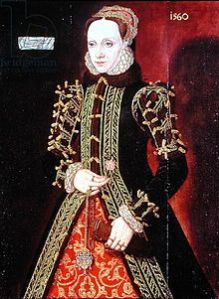
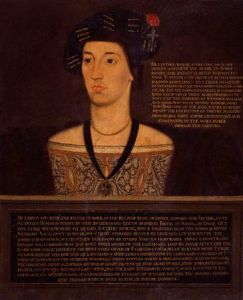
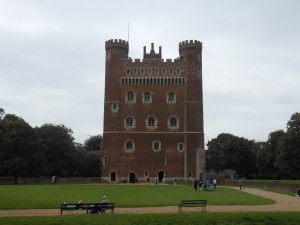
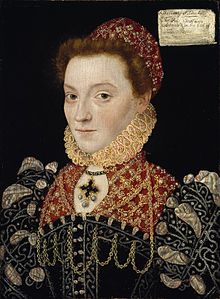
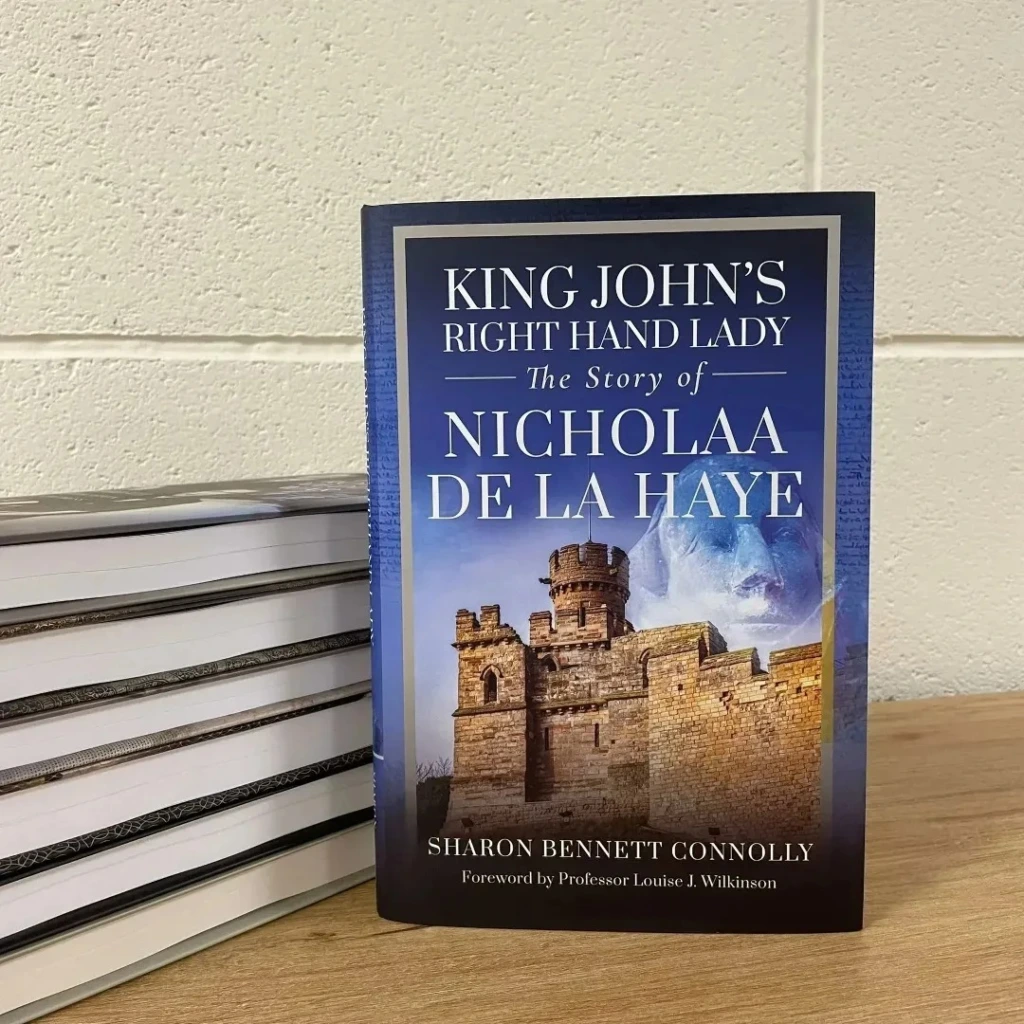




Reblogged this on Lenora's Culture Center and Foray into History.
LikeLike
Thank you – much appreciated. 🙂
LikeLike
Your very welcome
LikeLike
Actually family connection is first cousin once removed not second cousin. See genealogical chart.
LikeLike
No, sorry Elizabeth’s mother and Henry VIII were first cousins. So Elizabeth was definitely a second cousin to Henry VIII’s children – they all shared a great grandmother in Elizabeth Woodville, making them second cousins.
LikeLike
Reblogged this on Brittius.
LikeLike
Thank you! ☺
LikeLiked by 1 person
You’re welcome.
LikeLike
Reblogged this on History's Untold Treasures and commented:
H/T History … the Interesting Bits!
LikeLike
Thank you ☺
LikeLike
Another fascinating historical female. I’ve missed your posts and I’m very glad to see you back on the blog. I hope your book sales are going well.
LikeLike
Thank you! It’s been a hectic few months – but very enjoyable. I’m deep into the research for book number 2, but will keep blogging as much as I can. Best wishes, Sharon.
LikeLiked by 1 person
A wonderful read. Thanks Sharon.
LikeLike
Thank you Trisha ☺
LikeLike
Sharon. Eizabeth and Anthony Browne lived in West Horsley Place, inherited by Bamber Gascoigne, and now being brought to life again. There were guided tours in 2017, and the room dedicated to ‘Geraldine’ was shown to the public. I write about the history of the village and you have really added to our information and whetted my appetite! Many thanks! June (Davey)
LikeLike
Thanks for that June – what a lovely snippet of information. Best wishes, Sharon 🙂
LikeLike
Wow! Another fascinating post, thank you Sharon.
Our local History Society is having a talk this month on West Horsley Place.
Elizabeth is not only my 11th great aunt, but also my 14th great grandfather’s 2nd wife.
LikeLike